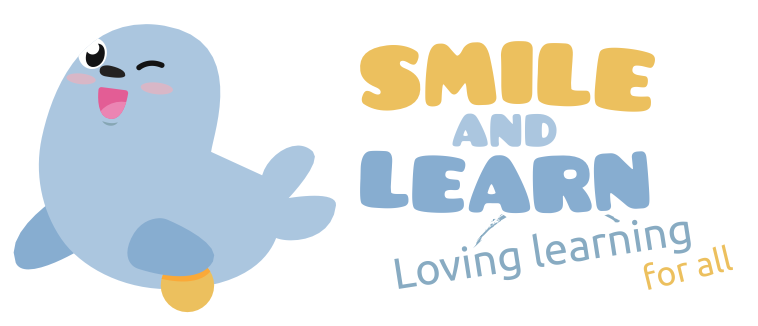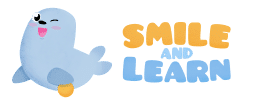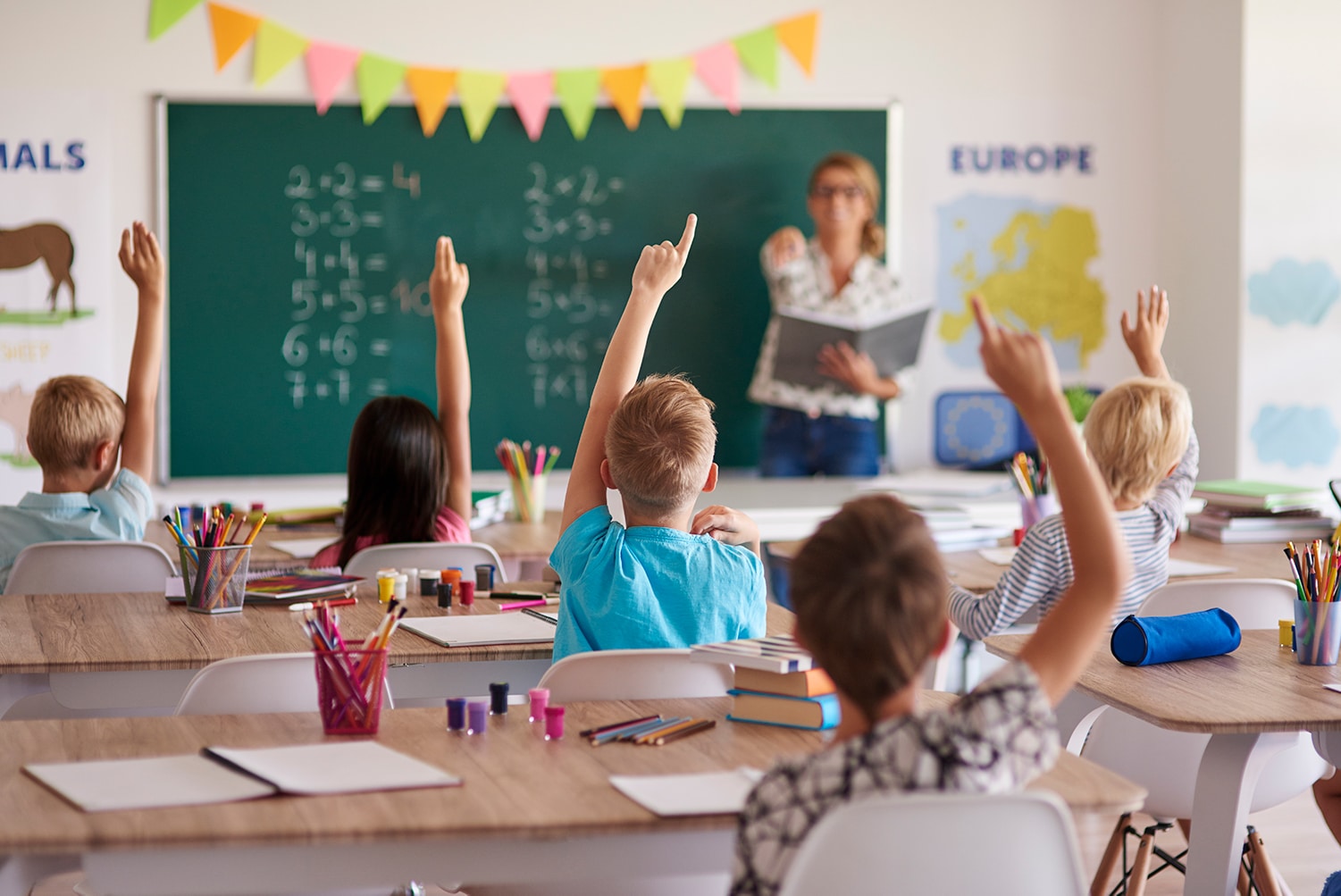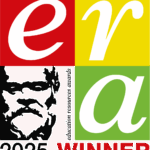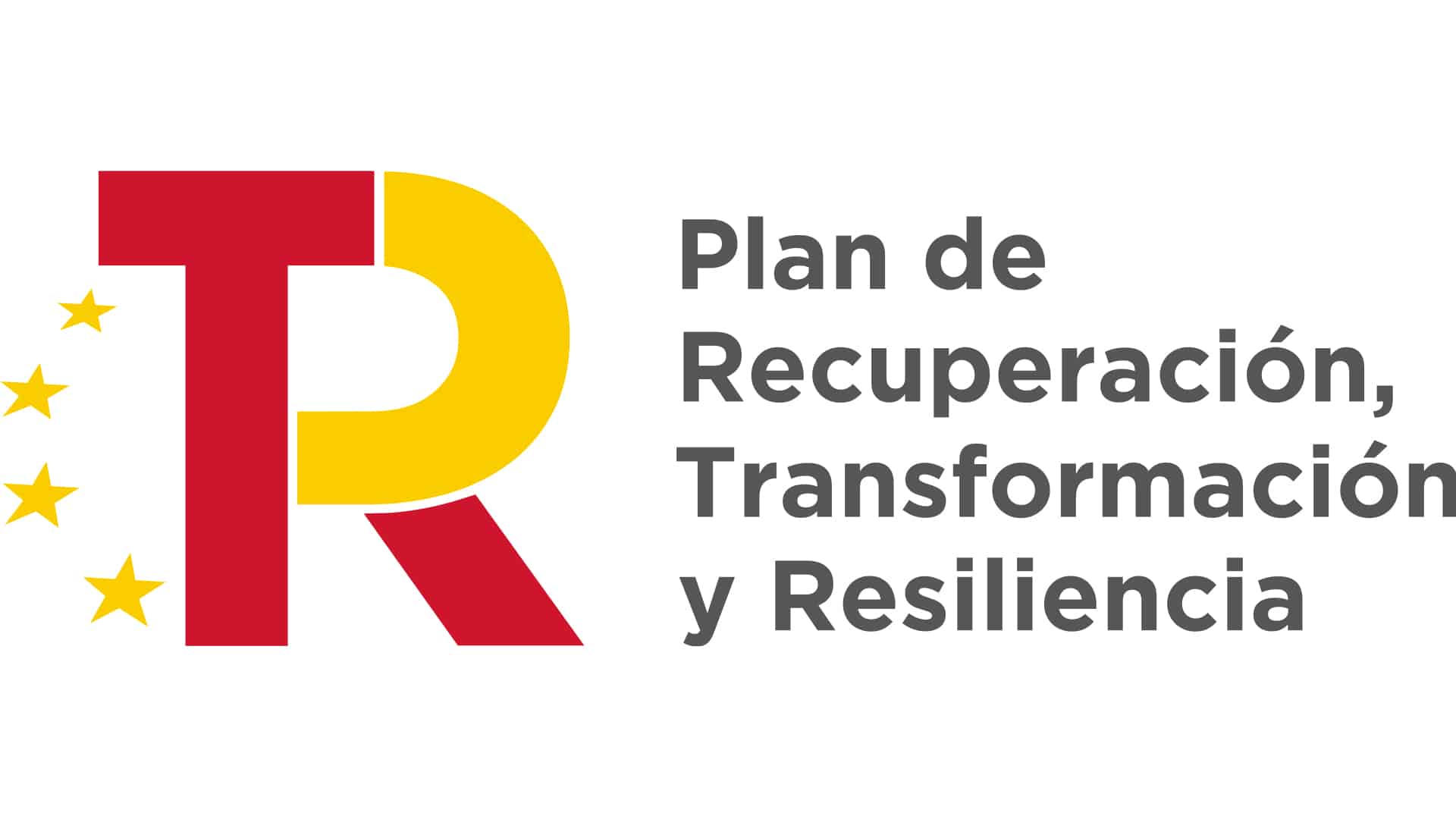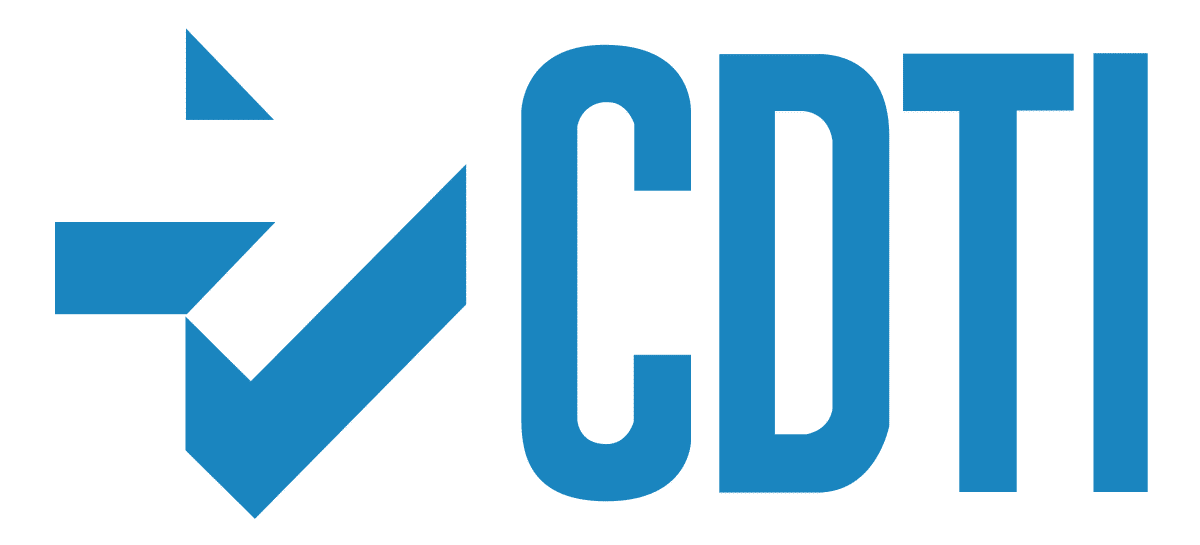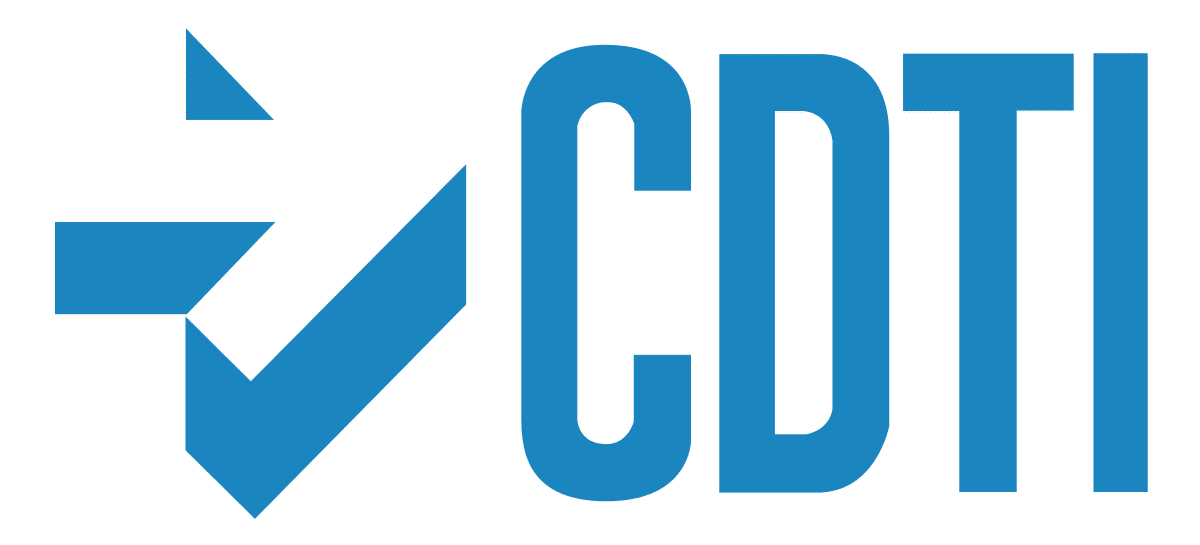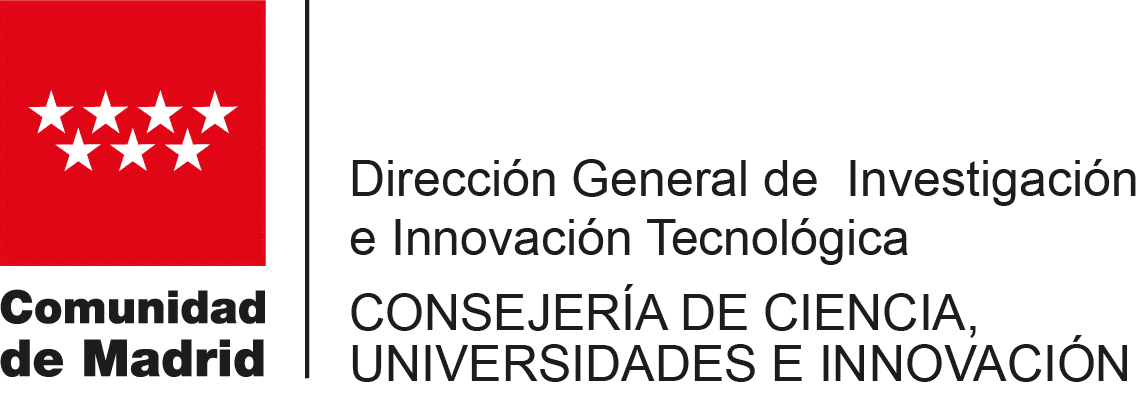The education sector is constantly evolving. Thanks to the advance of new technologies, more and more schools are deciding to implement alternative teaching methods, not so much focused on specific pedagogical trends, but rather adapted and open to all kinds of thoughts that involve different facets of learning. One of them is personalized education, which is based on the following premise: if each person is different, why should the same teaching formula be applied to all students?
What is personalization in education?
Personalization in education is a teaching methodology based on the characteristics and personality of each student. It focuses on their individual needs and aims for each of them to take the initiative in their study process. In this way, it is presented as a flexible way of learning that contemplates heterogeneity in the classroom.
Unlike other educational methods, this methodology is adaptable and helps each student achieve better academic results because it focuses on their strengths and weaknesses, enhancing the former and reinforcing the latter, and allows them to progress at their own pace.
Personalized education brings numerous benefits to each student, including:
- Improved productivity and performance in the classroom.
- It boosts self-esteem, autonomy and critical thinking.
- Greater willingness to learn.
- Avoid the feeling of displacement or the feeling that they are lagging behind the rest of their peers.
- Development of a more positive attitude, both within the schools and in their day-to-day activities.
- Reduces frustration and school absenteeism.
- Promotes inclusion.
But that’s not all, because for teachers and educators it also has certain advantages over other teaching methods, since it allows flexibility of content and greater proximity to the students.
How to apply personalized education in the classroom?
For personalized education to work, the most important thing is to know the student and for the student and the teacher to work together. This methodology aims to encourage student autonomy, so students must understand that they will no longer take a passive role in the classroom, but can participate in the decisions that are made in it and must be committed to meet the objectives agreed upon by all.
On the part of the teacher, the first thing to do is to make an individual profile of each student, taking into account their individual and distinctive characteristics, and create a learning path adapted to them. But what exactly are learning paths? Learning paths are a tool for personalized training proposals. In each route, teachers can select the content they need to develop some competency, obtain some knowledge or reinforce what they have acquired. Platforms such as Smile and Learn facilitate this task. There are predefined learning paths in our app, but they can also be created according to the needs of each student.
Another point to take into account in the application of this type of methodology is flexibility, not only in terms of time or subjects, but also in terms of space. Today, thanks to new technologies, education is not limited to schools. Students can also learn at home, so having the support of educational platforms will be a fundamental pillar for their development.
If you have not yet tried our educational platform, you can do it for free by filling out this form.
